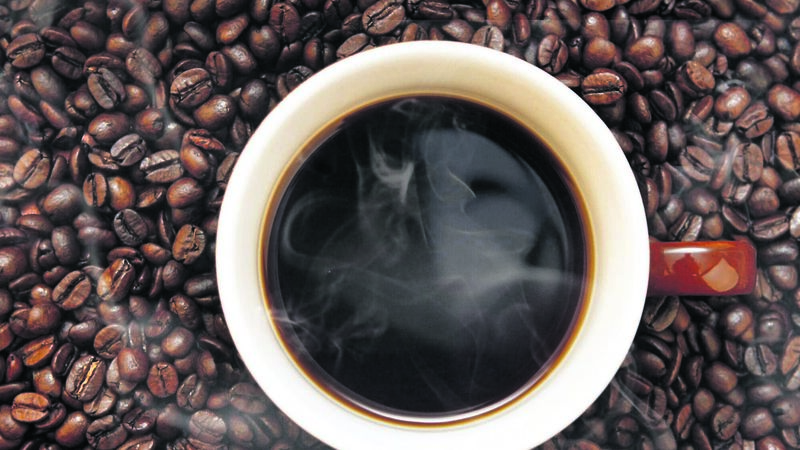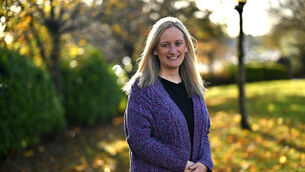Everything you need to know about what's in your cup of coffee

Sweet coffee aroma, coffee beans and morning coffee
If you are partial to a cappuccino from Costa on the way to work, you will certainly be buzzing through the morning as it was found to contain nearly five times as much caffeine as one from rival chain Starbucks. The survey found a “massive” 325mg of caffeine in a medium Costa cappuccino, about the same amount contained in four cups of tea. A Starbucks equivalent contained just 66mg of caffeine and there is 80mg caffeine in a 250ml can of Red Bull.
When it came to filter coffee, Pret a Manger (which opened in Dublin last year) provided the biggest hit with 271mg caffeine, two and a half times as much as the Starbucks version (102mg). And a single espresso from Pret provided 180mg of caffeine, six times as much as one from Starbucks (33mg). But there’s more to coffee than caffeine — here’s what you need to know about how it affects you.
More than 600mg caffeine a day has been linked to insomnia, nervousness, irritability, increased blood pressure and gastrointestinal problems. Remember too that cup sizes range from 30–700ml, so the amount of caffeine you get in a serving varies considerably as the Which? survey highlighted.
Individual sensitivity to caffeine varies.
“Some people are more sensitive to caffeine and find it gives them palpitations,” says Dr Angie Brown, medical director of the IHF and consultant cardiologist, “and very high levels of caffeine are a stimulant which can increase the heart rate, so make sure you check for caffeine sources in your diet other than tea and coffee.”
There are reportedly more than 700 natural compounds in coffee including tannin, oils, carbohydrates and proteins as well as health-providing antioxidants.
“Coffee, like tea, is a plant-based food that naturally contains many beneficial compounds,” says Dublin-based dietician Sarah Keogh.
“Researchers have tried and failed for decades to find anything bad to say about coffee – apart from its caffeine content – and moderate consumption is linked to a decreased risk of some cancers and possibly to a lower risk of dementia.”
Because we drink so much of it – one in three Irish people now buys coffee at least once a day according to a survey by UCC Coffee Ireland – it is one of the biggest providers of antioxidants in our diets.
Black, mate, matcha and green tea, all contain caffeine, albeit less than you get in a regular black coffee which provides 57mg of caffeine per 100ml while an espresso contains 55mg per 30ml shot (170mg per 100ml).
Generally, a mug of tea will provide roughly the same amount of caffeine as is found in an energy drink, which usually contains about 30mg of caffeine per 100ml (a 250ml can of Red Bull contains 80mg).
If you are someone who ‘waves’ a teabag briefly in the general direction of a mug of boiled water, there will be significantly less and, of course, many fruit and herbal teas contain none.
Energy gels and drinks, cola, mocha and frappuccinos, ice lollies, painkillers, cold and flu capsules and even toothpaste can contain unexpected amounts of caffeine.
Look out for guarana, a popular energy-enhancing ingredient that is a natural source of caffeine in itself. You will also find caffeine in chocolate – although not in as high amounts as you might think with just 6mg of caffeine in 25g of milk chocolate and 20mg of caffeine per 25mg of dark chocolate.
“People are often surprised to find over-the-counter cold and flu medications contain caffeine,” says Keogh. “Often there is not much added, but it contributes to your daily intake.”


Celebrating 25 years of health and wellbeing







